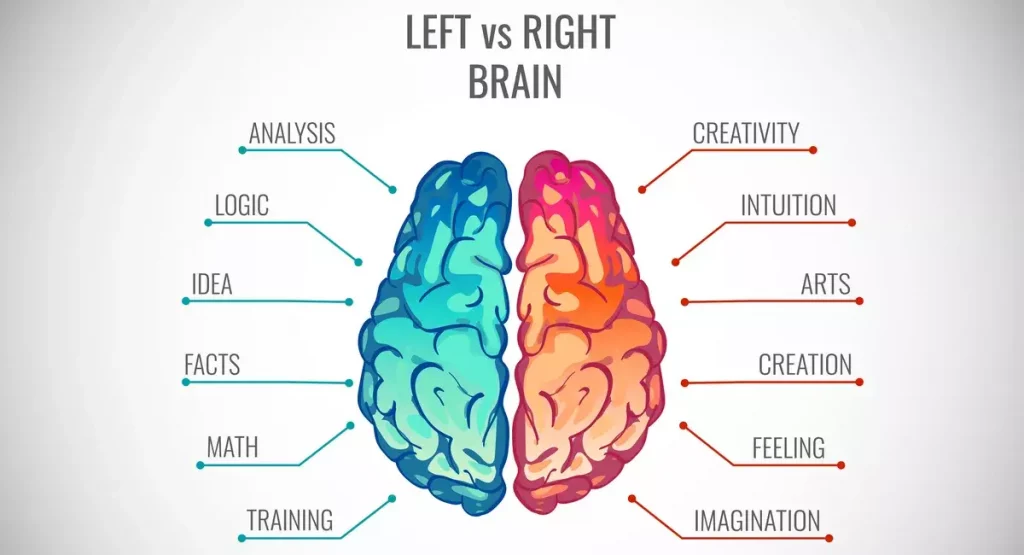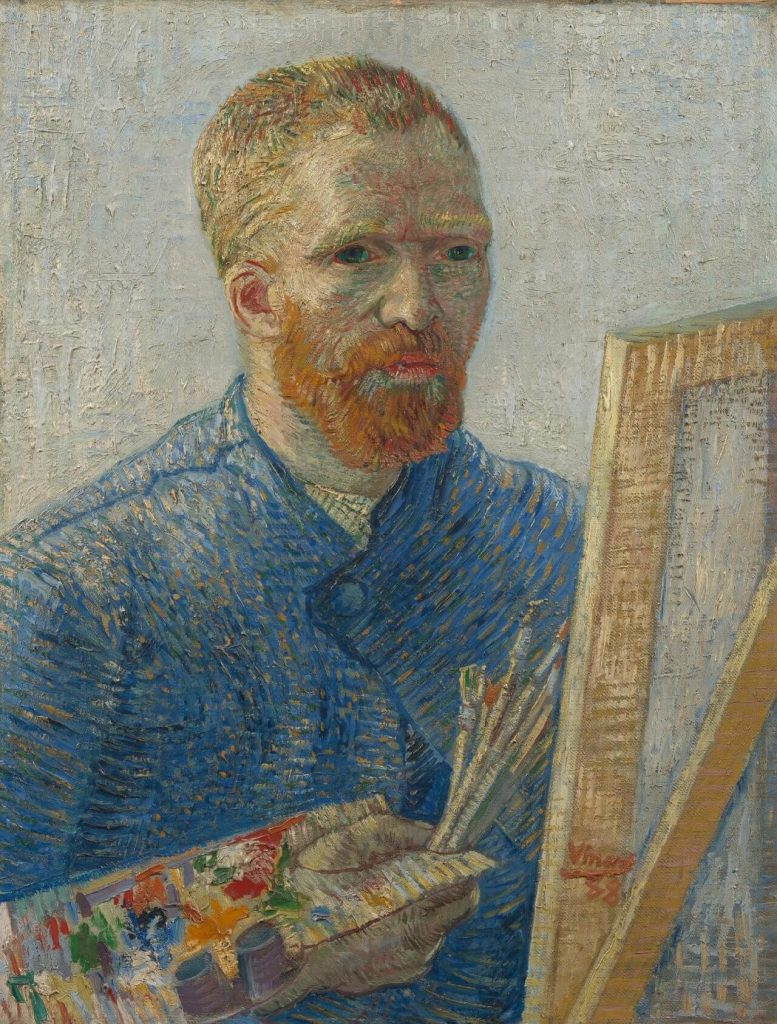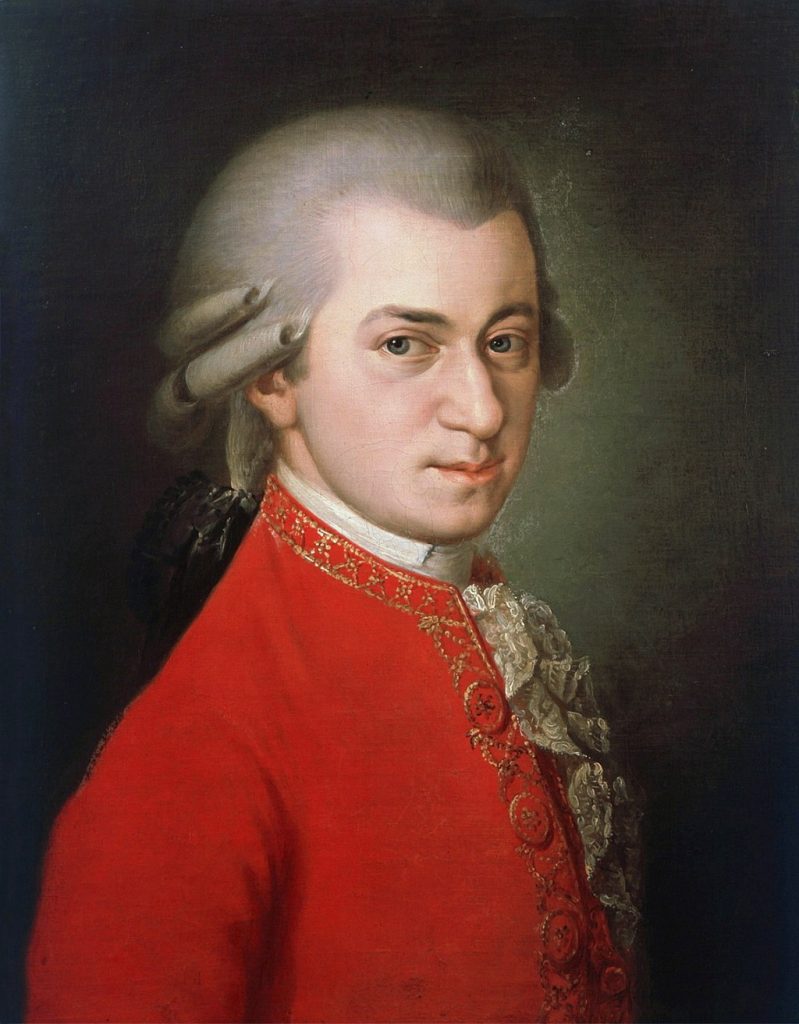5 Famous Artists Who Were Migrants and Other Stories
As long as there have been artists, there have been migrant artists. Like anyone else, they’ve left their homeland and traveled abroad for many...
Catriona Miller 18 December 2024
Are you left-handed? Don’t believe ancient stories about the devil’s hand! It would be a blessing if you’d like to become an artist, like many others before you. Discover with us the most famous painters, sculptors, and musicians who created with their left hand.
Being left-handed was considered a problem for a long time. People generally thought that the left hand was the devil’s hand: during the Middle Ages, Satan was sometimes represented with two left arms and hands. In the Last Judgment representations, the devil and the damned are always on god’s left. So, the condition was a real social stigma. People systematically “corrected” children who showed a propensity to use their left hand, because underneath they could be carrying seeds of heresy and craziness, or be witches, or even bring the jinx! Left-handed people sometimes even suffered actual persecution and therefore had to hide and “correct” their condition.
In the 1970s, people started to research left-handedness, at last breaking the prejudice. On August 13th, 1992, the Lefthanders Club established International Left-Handers Day, finally changing history. In the same years, the art historian Philippe Lanthony started a systematic analysis of an incredible number of masterpieces and sources, in order to determine which painters had created them with their left hand. He searched in the literature; in the paintings themselves (for example, observing the orientation of the hatchings); and in representations of the artists (portraits or photos). Through these techniques, he found very interesting answers.1

I’m Left Handed. What’s Your Superpower?, poster for Left Hander’s Day. Lefthandersday.
On the contrary! From the 1990s on, it became clear that a very large number of artists were and are left-handed. From painters to architects to illustrators and graphic artists, it may seem that among art creators there’s a high percentage of left-handers. If in the general population, about 8-10% are left-handed, it seems higher among artists.2
This might have a scientific explanation; in general, every person has a hemisphere of their brain that is dominant. In the majority of people, it is the left one, which controls the right side of the body. For left-handers, the dominant side of the brain is the right one. From a historical point of view, it has always been linked to fantasy and creativity. Actually, research more precisely hypothesized that this was a myth, and both sides are necessary. However, the right side may actually be more developed to express “creative thought” (if compared to the “logical thought” of the left hemisphere) and visuospatial skills. In other words, left-handers could have more developed visuospatial abilities and the capability to act with an alternative logic.

A graph showing “myth” of the right and left brain. CGBear/Shutterstock.
The stigma of being left-handed, very present during the Middle Ages, remained alive throughout Renaissance. Michelangelo Buonarroti (1475–1564) probably forced himself to learn to use his right hand when painting, but some sources report him as left-handed. One of the first biographies of the artist describes this detail.
Recently, an Italian art historian and researcher studied his hand deformities from observation of three portraits representing Michelangelo.3 All three paintings show the artist’s left hand later in his life, being affected by degenerative arthritis. This is a non-inflammatory disease affecting joints, which may be accelerated by prolonged hammering and chiseling. We cannot be sure, but these images may effectively suggest the artist’s left-handedness.
As for Leonardo da Vinci (1452–1519), there are even more hypotheses about his left-handedness, although no definitive answers. Many authors explained his left-handedness through his mirror-handwriting, i.e. from right to left. In their opinion, it was not (only) a brilliant idea to hide his discoveries and projects, but “just” a comfortable habit. However, throughout centuries, a new hypothesis emerged: he was ambidextrous. In other words, he was left-handed in writing and sketching, but he actually used his right hand when painting.
This hypothesis seems to find confirmation in his later life and work. In fact, in older age, he suffered from a paresis in his right arm, and although his production continued to flourish, it was mainly composed of sketches and drawings rather than paintings.4 The origin of his paresis is still unclear, but it might have been due to a stroke, to Dupuytren’s contracture, to an ulnar nerve palsy, or to focal dystonia.
In recent years, the art historian Svend Erik Hendriksen analyzed Vincent van Gogh’s oeuvre. He observed that Van Gogh (1853–1890) was always very careful with reversing his paintings, i.e. most likely painted using a mirror, and he only used to do it on self-portraits. Some very famous ones, one in particular from 1889, seem to suggest that the painter actually was left-handed.5
In this and other works, palettes and brushes are in his right hand, leading to the logical deduction that he worked using his left hand. Moreover, it was and still is traditional that men’s jacket buttons are fixed on the right side of the garment. In these works, they are on the left side, strengthening the hypothesis of reverse portraits and therefore of his left-handedness.

Vincent van Gogh, Self-Portrait as a Painter, 1888, Van Gogh Museum, Amsterdam, Netherlands.
Paul Klee (1879–1940) and Maurits Cornelis Escher (1898–1972) lived in the era of photography, so in addition to written documents about their hand preference, we can visual proof of their left-handedness.
A very famous photo of Paul Klee clearly shows him painting with his left hand, while realizing one of his iconic works with vibrant colors and child-like shapes. In the same way, an exemplary photo of M. C. Escher represents him while working in his atelier using his left-hand, creating one of his masterpieces which indissolubly linked mathematics and art.
We can go further and consider not only visual artists but also musicians. In a way, the spatial skills of left-handers can even be expressed through music.
Three of the masters of music may have been left-handers. A biographer of Ludwig van Beethoven (1770–1827), Anton Schindler, wrote about his left-handedness after seeing him hold his quill in his left hand while working on his compositions. However, in many paintings, the master is holding his quill in his right. He seems the less probable candidate to be a left-handed musician, but we have neither confirmation one way nor the other.
As far as it concerns Wolfgang Amadeus Mozart (1756–1791), different opinions can be found. Some researchers believe he was purely left-handed, while other authors thought that he was rather ambidextrous. Some believe this latter hypothesis could even strengthen the idea of Mozart’s natural propensity to use his left hand. In fact, as mentioned above, at that time people generally ‘corrected’ all left-handers. Therefore, Mozart could have been forced to use his right hand too, developing an incredible ability on the one hand from natural skills, and on the other from forced exercise.
Finally, also Carl Philipp Emanuel Bach (1714–1788), a son of the famous composer Johann Sebastian Bach, could likely be left-handed. In a letter from the father to the son, Carl received advice “to work on his right hand more, so it could match his left”. This explicit reference allowed many historians to believe in his left-handedness.

Barbara Krafft, Posthumous Portrait of Wolfgang Amadeus Mozart, 1819. Wikimedia Commons (public domain).
Philippe Lanthony, Les peintres gauchers [Left-handed painters], “Rev Neurol” (Paris), 1995 March 151(3): 165-170.
Sangeeta Singg and Zane Martin, Left-Handedness and Artistic Abilities: A First Look, “Biology and Medicine” (Aligarh) 2016, 8: 2.
Davide Lazzeri, Manuel Francisco Castello, Marco Matucci-Cerinic, Donatella Lippi, and George M Weisz, Osteoarthritis in the hands of Michelangelo Buonarroti, “Journal of the Royal Society of Medicine”, 2016 May 109(5): 180-183.
Davide Lazzeri and Carlo Rossi, The right-hand palsy of Leonardo da Vinci (1452–1519): new insights on the occasion of the 500th anniversary of his death, “Journal of the Royal Society of Medicine”, 2019 August 112(8): 330-333.
Van Gogh Self Portrait Sparks Controversy, “Artlys”t, 23 June 2011. Accessed 24 Nov 2022.
DailyArt Magazine needs your support. Every contribution, however big or small, is very valuable for our future. Thanks to it, we will be able to sustain and grow the Magazine. Thank you for your help!